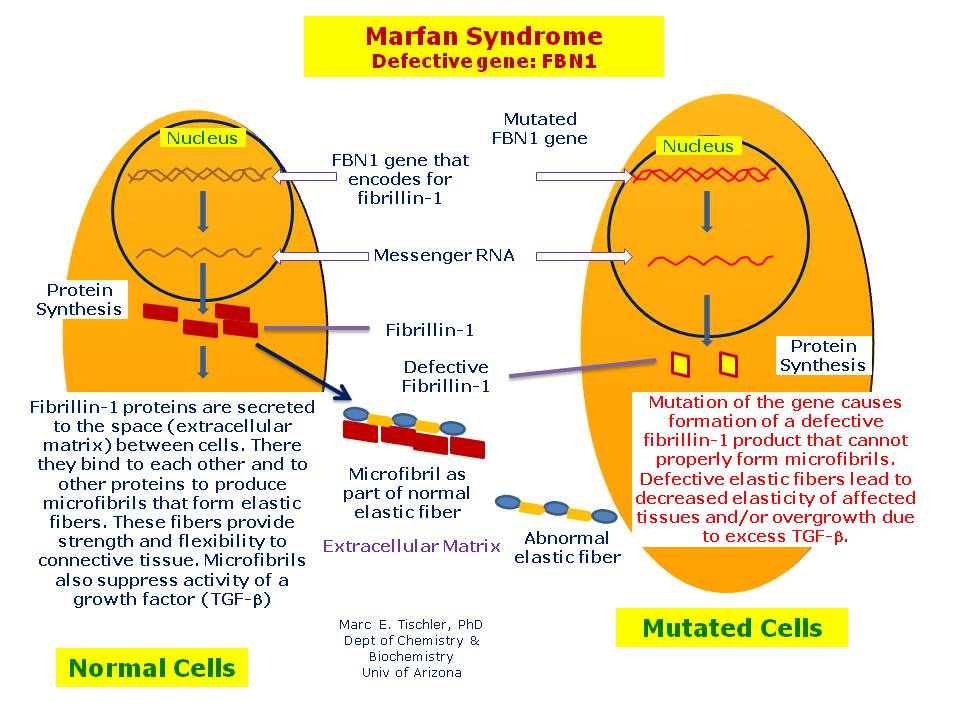Aplastic Anemia
Aplastic anemia is a
syndrome of bone marrow failure characterized by peripheral pancytopenia and
marrow hypoplasia. Although the anemia is often normocytic, mild macrocytosis
can also be observed in association with stress erythropoiesis and elevated fetal
hemoglobin levels.
The FDA has approved a
supplemental new drug application for eltrombopag (Promacta), an oral
thrombopoietin receptor agonist, for the treatment of severe aplastic anemia in
patients who fail to respond adequately to immunosuppressive therapy.
Eltrombopag is already approved for the treatment of thrombocytopenia in
patients with refractory chronic immune thrombocytopenia and for use in
patients with chronic hepatitis C.
Purkinje fibers
Purkinje fibers are located in the inner ventricular walls of the heart, beneath the endocardium in a space called the sub endocardium.
The Purkinje fibers are specialized conducting fibers larger than cardiomyocytes with fewer myofibrils, no T-tubules and a large number of mitochondria that are able to conduct cardiac action
potential more quickly and
efficiently than any other cells in the heart. These cells are connected together
by desmosomes and gap junctions, but not by intercalated discs. Purkinje fibers
allow the heart's conduction system to
create synchronized contraction of its ventricles, and are, therefore,
essential for maintaining a consistent heart
rhythm.
Brown adipose tissue (BAT)
Brown adipose tissue (BAT) or brown
fat is one of two types of fat or adipose tissue (the other being white adipose
tissue, or white fat) found in mammals. It is especially abundant in newborns
and in hibernating mammals. Its primary function is to generate body heat in
animals or newborns that do not shiver.








